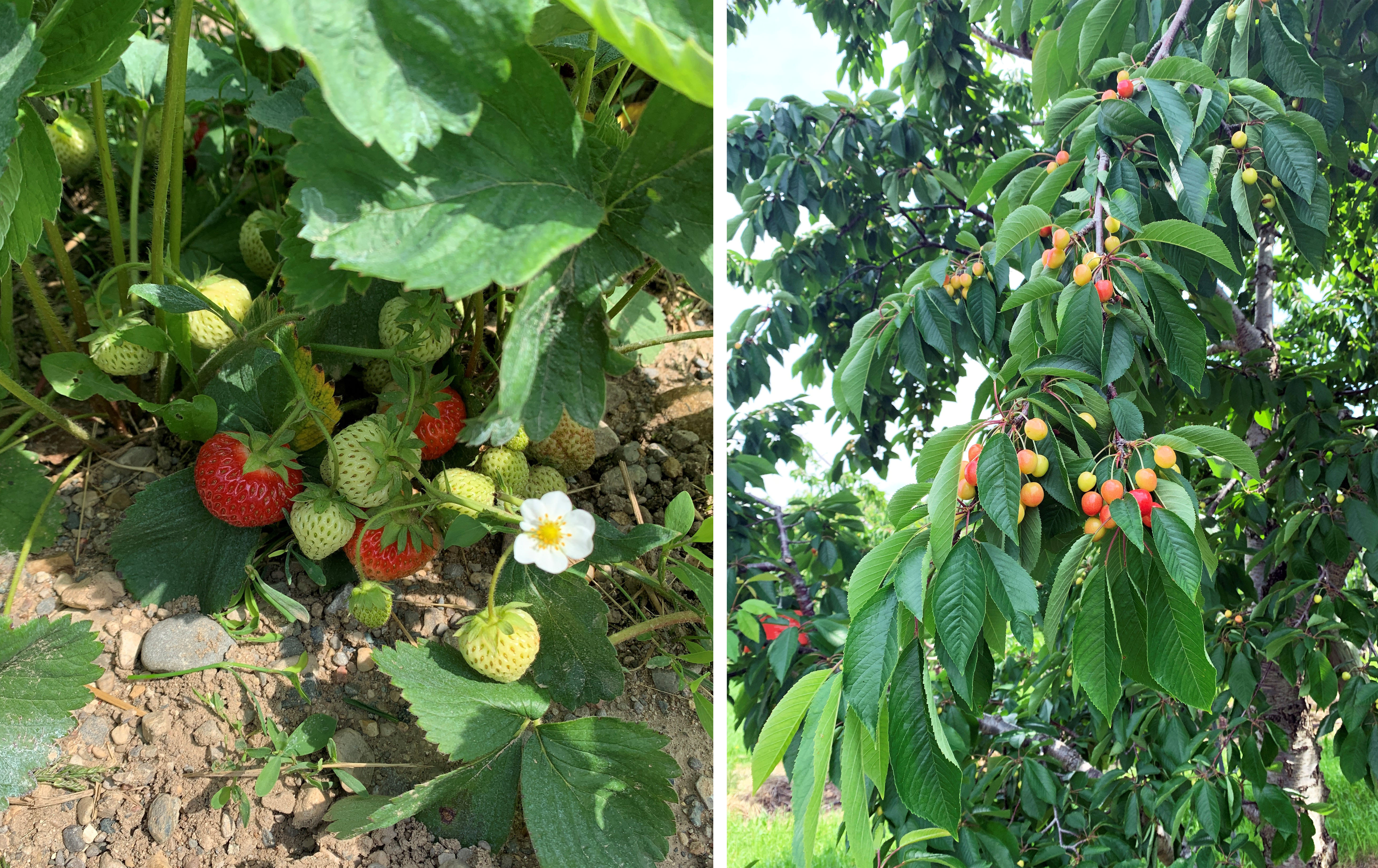Michigan spotted wing Drosophila update – June 26, 2019
2019 Cool wet spring brought another slow start to spotted wing Drosophila, but now that warm weather is here, expect to begin protecting susceptible crops.

The wet cool spring of 2019 has brought us another slow start to spotted wing Drosophila (SWD) activity, but that does not necessarily mean that this will be a low-pressure year for this pest. With delayed ripening in susceptible fruit crops and warmer weather, we are anticipating that SWD populations will begin to surge – especially if we continue to experience humid conditions and more rainfall in the next few weeks. If you do not have traps up to monitor for this pest locally, do not delay – especially in fruit crops that are becoming susceptible.
At this time of year, there can be a lot of small flies caught in SWD traps that are not SWD. Refresh your ID skills with this factsheet: “Spotted Wing Drosophila Identification Guide”
This year MSU Extension is monitoring for SWD in 19 counties at 80 sites that include vineyards, sweet and tart cherry orchards, and blueberry, raspberry, saskatoon, and strawberry plantings. So far we have only caught SWD at 15 of these sites – these have all been either cherry or blueberry plantings, and no more than 5 SWD have been caught cumulatively at any given site over the last three weeks since we began monitoring. These sites are in the following counties: Allegan, Antrim, Berrien, Grand Traverse, Ingham, Leelanau, Macomb, Oceana, Ottawa, and Van Buren, which includes counties in all of the major fruit producing regions of Michigan.
Given how quickly this pest can reproduce and how devastating infestation can be, if your crop is at a susceptible stage, and you have begun to catch them in traps being monitored on your farm, a cover spray of an insecticide that is rated excellent against this pest should be applied to protect fruit and maintain populations at current low levels. Remember to rotate insecticide classes once you begin your spray program. Growers can determine how well their program is working by trapping for flies and sampling fruit using the salt test in the days prior to harvest.
For the most recent versions of SWD management guides offered by MSU Extension, please visit: https://www.canr.msu.edu/ipm/invasive_species/spotted_wing_drosophila/factsheets
For more information on effective insecticides registered for use to control SWD, refer to the MSU Extension Michigan Fruit Management Guide for 2019 (E-154).




 Print
Print Email
Email


